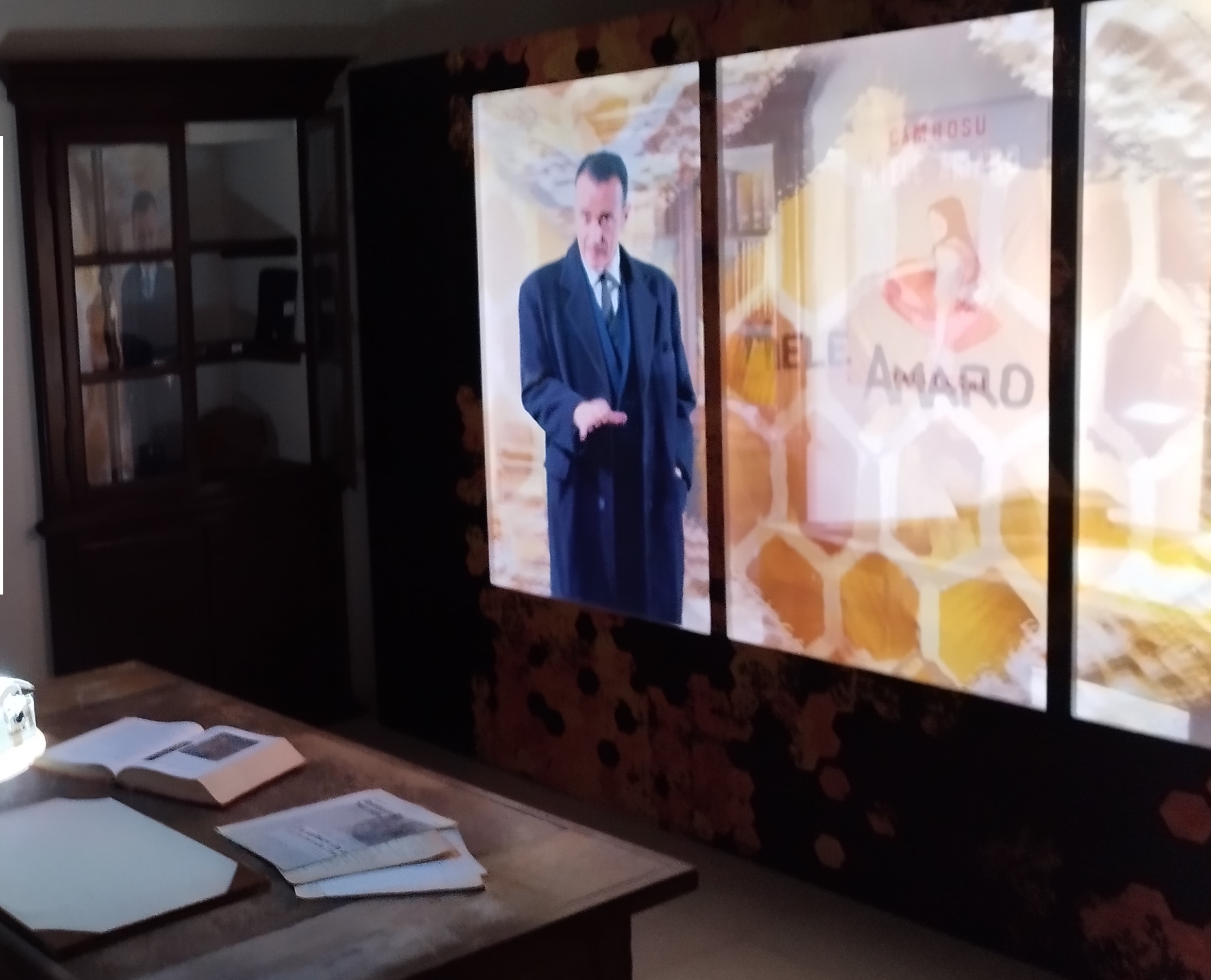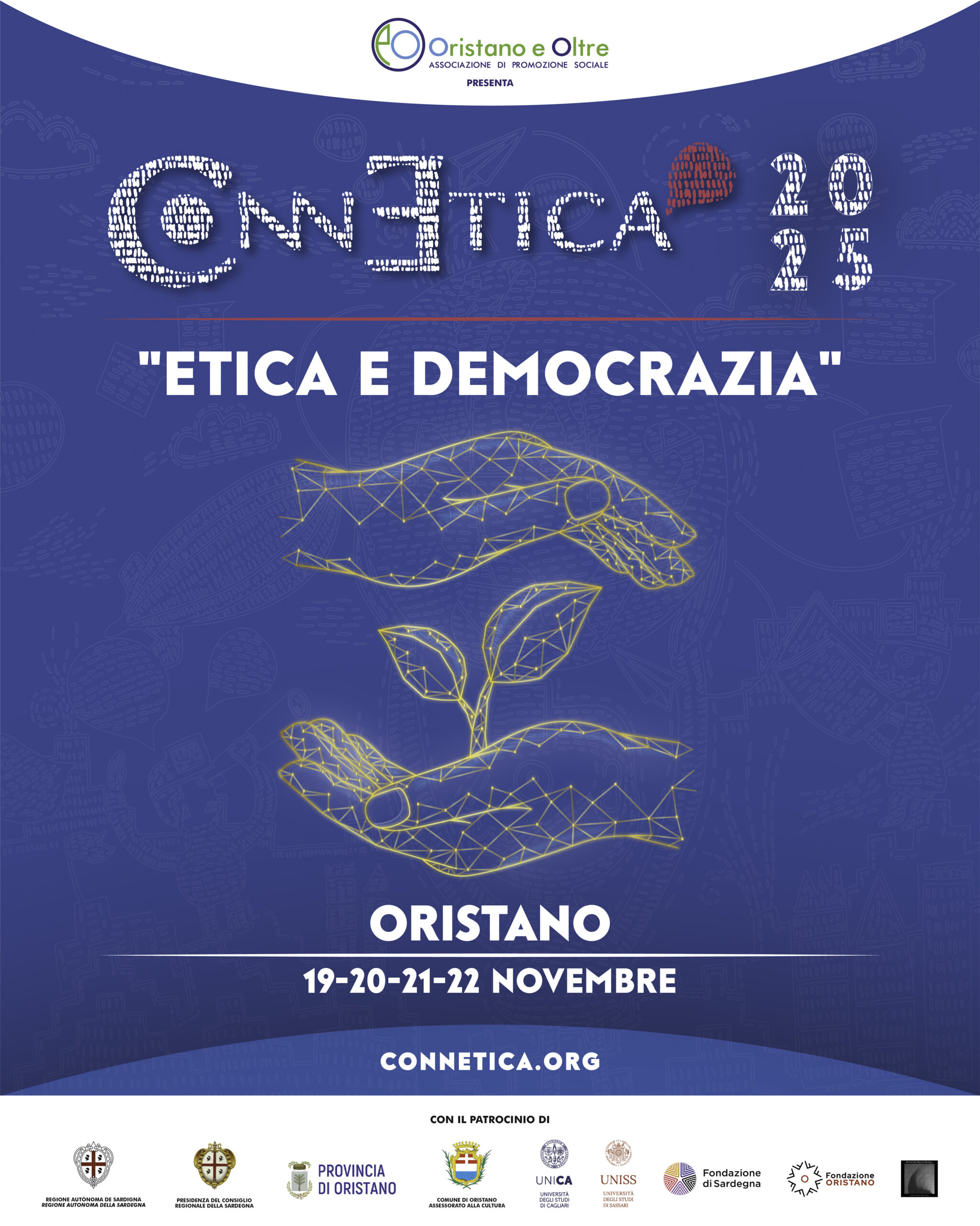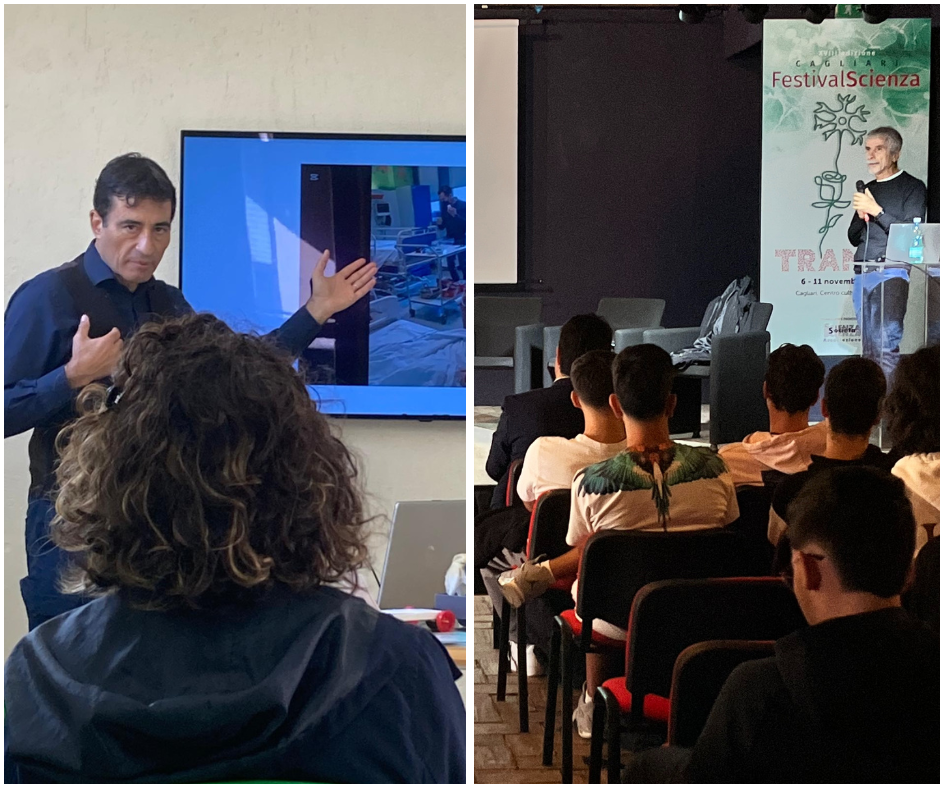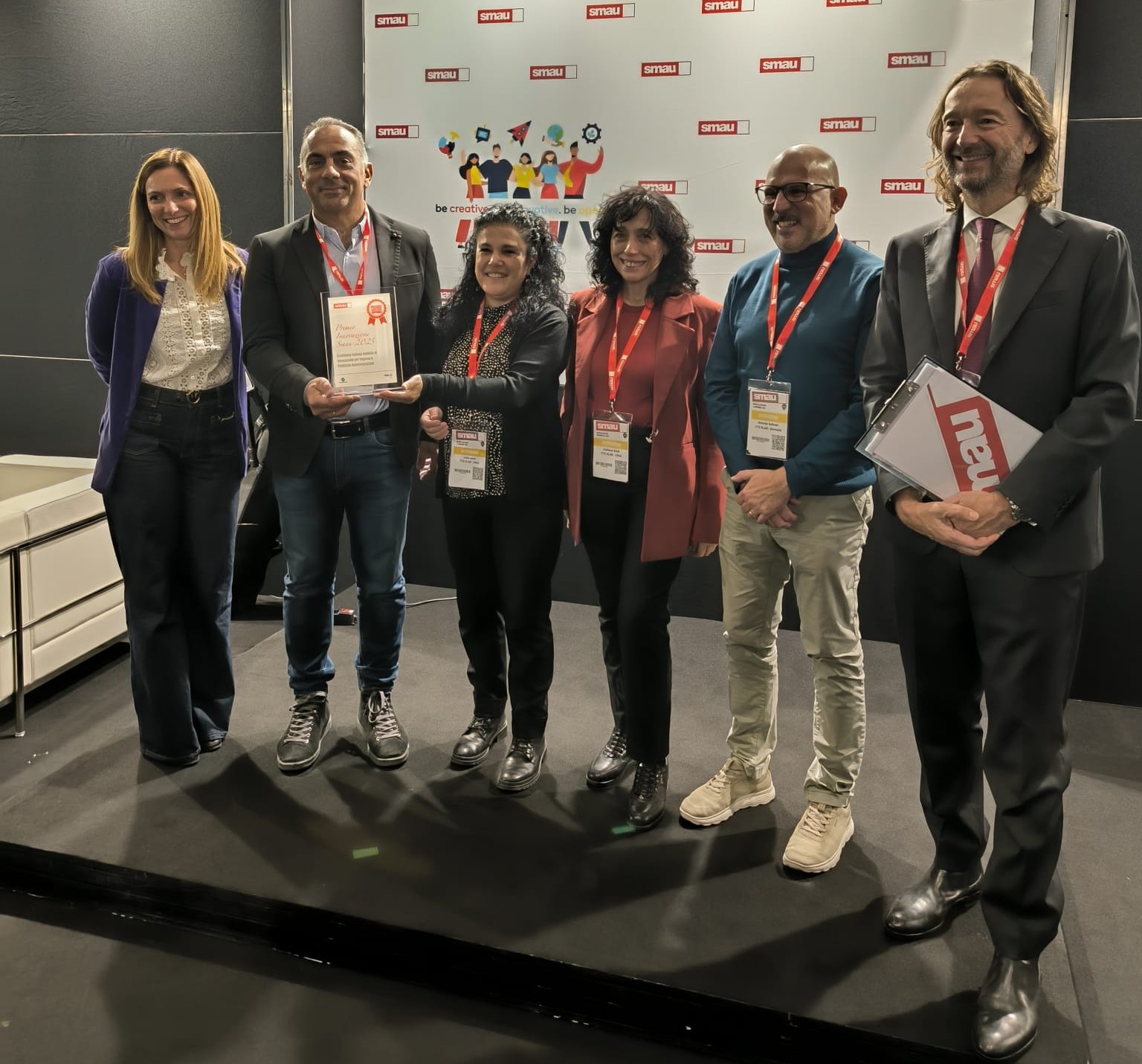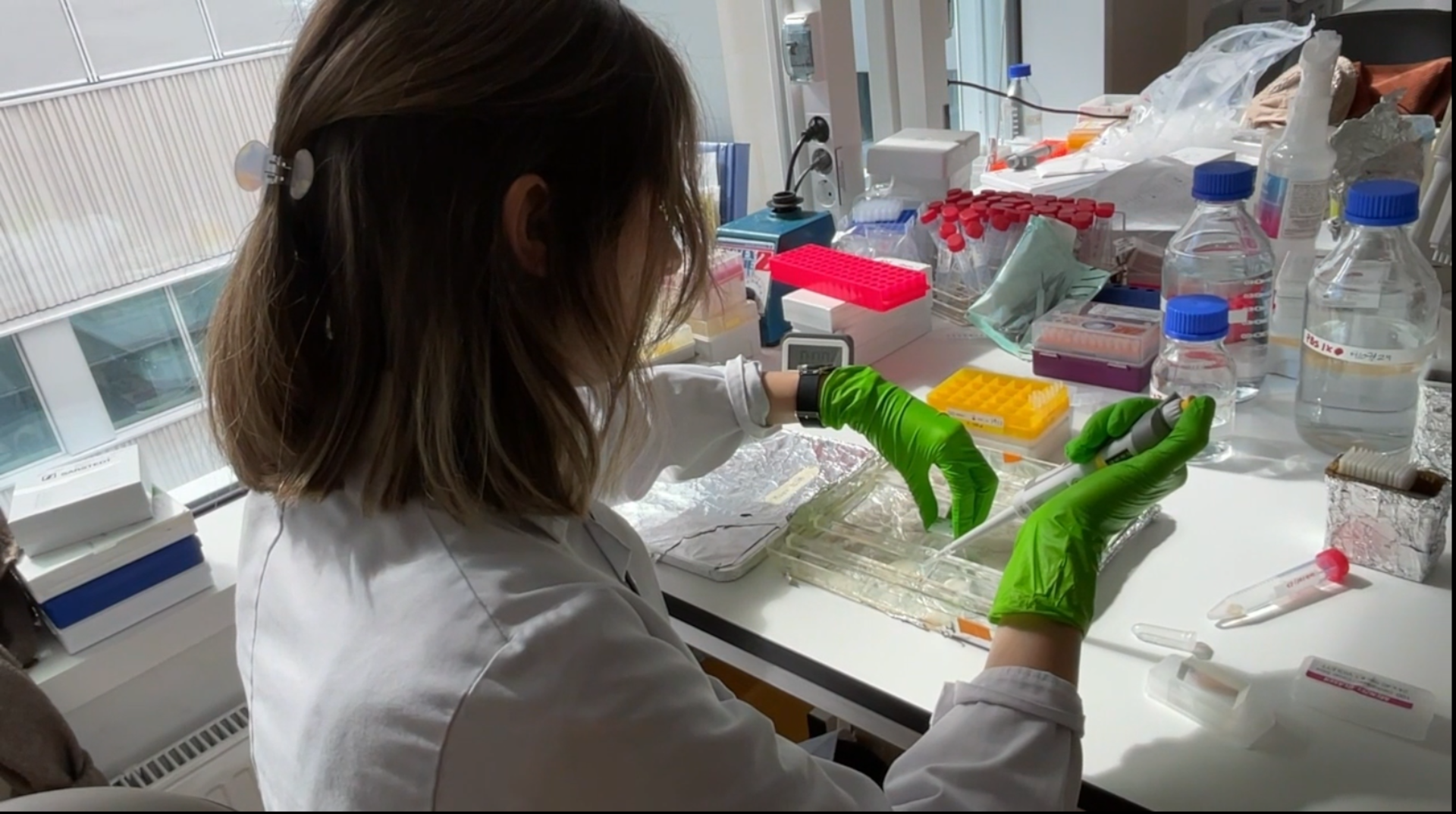CRS4 is engaged in the technological development and interactive design of the Salvatore Cambosu House Museum in Orotelli, dedicated to the renowned Sardinian writer and journalist born in 1895 and deceased in 1962, author of works such as Miele amaro (Bitter Honey) and Il Supramonte di Orgosolo, considered among the most significant contributions to twentieth-century Sardinian literature.
The project, the result of a collaboration between the Fondazione Cambosu, the Province of Nuoro, the Municipality of Orotelli, the Pro Loco, and CRS4, combines research, culture, and innovation to transform the original spaces of the author’s birthplace into an immersive and participatory experience.
The research and development work — carried out by researchers Samuel Iacolina, technologists Manuela Angioni, Valentina Marotto and Francesca Mura, and technologist Piergiorgio Palla — includes studies on spatial architecture, interaction design, and the implementation of interactive applications equipped with sensors integrated into furnishings and everyday objects. These elements preserve their original function while becoming active parts of a narrative path that allows visitors to interact with the environment and discover aspects of Cambosu’s life and thought.
All the rooms of the house have been made interactive: in the bedroom, dynamic projections on the bed evoke moments of the writer’s daily life; the wardrobe becomes a multimedia surface displaying footage and testimonies of Cambosu as a journalist, teacher, and author; the study, with its original typewriter and personal objects, comes to life when visitors press on them, activating sensors that project images and narrative fragments onto the surrounding furniture.
This is not a simple multimedia museum, but a sensory experience that combines authentic objects, physical sensors, and digital storytelling — an approach that makes the Salvatore Cambosu House Museum a rare case in the European landscape of literary museums, where technology enhances rather than replaces the authenticity of the environment, creating a direct dialogue between memory and innovation.
Among the most original installations is an interactive wall designed to engage younger audiences. The application allows children to create short narrative sequences inspired by Cambosu’s stories by dragging and arranging graphic elements on the interactive surface; at the end of the process, the sequence is transformed into a short animated video that tells the story they have just composed.
One of the most meaningful relationships in Salvatore Cambosu’s career was with Maria Lai, who had been his student at the “Eleonora d’Arborea” Teacher Training Institute in Cagliari. Their dialogue — built on mutual respect and artistic exchange — helped shape Lai’s artistic sensibility, and she found in Cambosu’s words and ideas the inspiration for many of her works dedicated to memory and storytelling. This connection is evoked within the museum through an installation that allows visitors to explore the artistic affinities and shared sensibilities between these two key figures of Sardinian culture.
The videos projected and integrated throughout the exhibition are curated by filmmaker Francesco Casu, who collaborated on the development of the museum’s visual and narrative content.
The official opening of the Salvatore Cambosu House Museum is scheduled for 2026, but last week, during the 2025 edition of Autunno in Barbagia, an exclusive preview allowed the public to visit part of the newly renewed spaces and experience some of the interactive installations already in operation, drawing great interest and appreciation from visitors.
The project thus creates a place where literature, memory, and innovation come together — where technology becomes a language for narrating the world of Salvatore Cambosu and his Sardinian roots in an accessible, emotional, and contemporary way.

